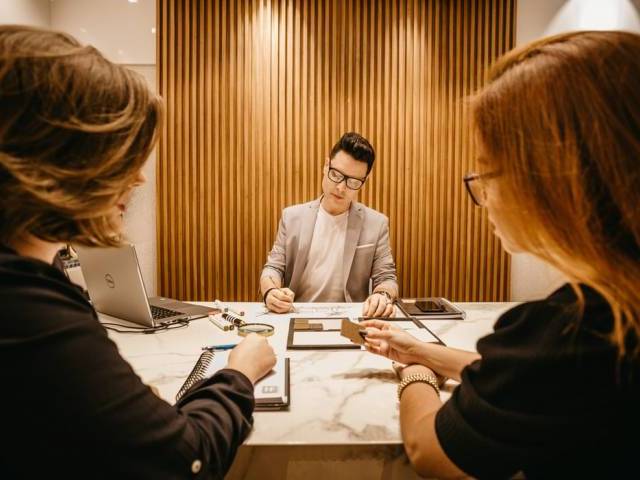With skilled electronics workers much harder to find domestically and demand forcing salaries skywards, many US firms are starting to look beyond their own borders for the top talent they need.
The US H1-B Visa is generally the quickest way to employ electronics professionals from overseas. It allows US firms to hire graduate-level workers in specialist occupations that require expertise in fields ranging from mathematics and science to architecture and engineering.
In this article, we’ll take a look at how your US firm can use the H1-B Visa to bridge your skills gaps and fuel your growth.
The US electronics skills shortage
Both the United States and the European Union are facing significant shortages of skilled workers in the semiconductor and the wider electronics industry. Such is the severity of the situation that the President of the IPC, a leading industry trade group, called the skills gap the “top concern” facing the electronics industry right now.
Over the last couple of decades, the electronics components sector has faced shrinking demand for non-technical workers due to an increase in automation. However, there has always been a requirement for technically skilled workers, and, as the industry moves to more advanced manufacturing, the demand for ever-greater skill sets continues to increase.
How the US H1-B Visa can help
The H1-B Visa is a US non-immigrant permit that allows US companies to recruit highly skilled foreign workers who have technical or theoretical expertise. To be eligible for an H-1B Visa, foreign workers must have at least a bachelor's level degree or be able to show that they have professional experience or other equivalent qualifications.
The visa is designed specifically for US companies that operate in specialised fields such as:
- IT
- Finance
- Engineering
- Science
- Mathematics
- Medicine
- Architecture
- Accounting
The H1-B Visa cap
The number of H1-B Visas that can be given out is capped at 65,000 every year, with an additional 20,000 visas reserved for employees who have a master’s degree or higher-level qualification obtained from a US academic institution.
In recent years, there have been far more applications for H1-B Visas than the cap allows. As a result, the United States Citizenship and Immigration Services (USCIS) has held a lottery to determine where the visas go. Employers can begin the process of applying for the visa up to six months before its intended start date.
Eligibility requirements for the H1-B Visa
To be eligible for the H1-B Visa, the role you’re offering must meet ONE of the following criteria:
- Have a minimum entry requirement of a bachelor’s degree or higher;
- Have a degree requirement that is common to the industry;
- Have specific duties that are so specialised and complex that only someone with a degree could perform them;
- The employer normally requires a degree or its equivalent for the position.
The prospective employee must also meet ONE of the following criteria in regard to their qualifications:
- Hold a bachelor’s degree or higher from an accredited US college or university;
- Hold a foreign degree that is the equivalent of a US bachelor’s degree or higher;
- Hold an unrestricted state licence, registration or certification that authorises the employee to practise the speciality occupation;
- Have education, training or professional experience that is equivalent to the completion of a bachelor’s degree or higher.
What alternatives are there to the H1-B Visa?
Given that the H1-B Visa has been oversubscribed for the last few years, it’s a good idea to have an alternative solution in mind. For positions where the candidate lacks the qualifications or experience for an H1-B Visa, the H2-B Visa may be appropriate. Alternatively, if your business already employs suitable candidates who are based abroad, the L-1B Visa could allow you to transfer them from your foreign operations to the US for up to five years.
Employing workers with existing H1-B Visas
Given the oversubscription of H1-B Visas, one strategy US electronics firms can use is to headhunt foreign workers who are already in the US on H1-B Visas. Although you will need to reapply for a new H1-B Visa on the employee’s behalf, you will not be subject to any visa caps, and that makes the process a whole lot easier.
Want to hire electronics professionals for your US firm?
Whether you’re looking to hire power electronics, SMPS, UPS, power semiconductor or semiconductor professionals from abroad, or would rather target candidates already in the US on an H1-B Visa, we can help.
Find out more about the client journey with PER Specialist Recruitment, take a look at our client case studies and get in touch with our team today.










